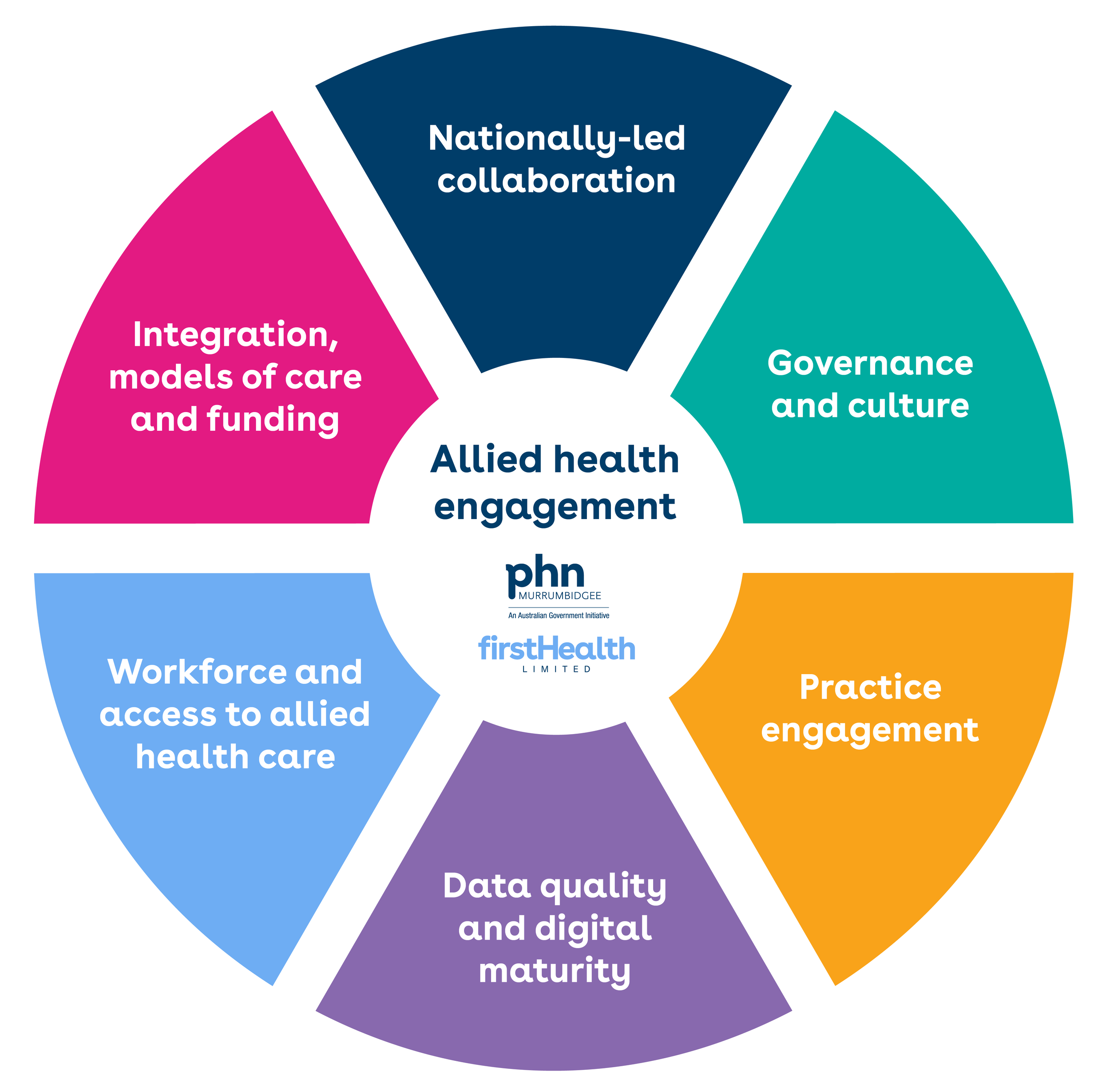Determinism vs. Free Will
(Determinism vs. Free Will)
we look into the intriguing question as to whether we humans really have free will – that is, are we really free to make any choice, to do whatever we will, in a way that is NOT predetermined? Or, was the story of our lives already decided at the beginning of time, and we only have the illusion that we are running the show
Discussion question:
Describe D’Holbach’s argument for why we do not have free will, even though it might appear to us that we do. Is he right? (Please use the attached documents to do this discussions and your knowledge. no plagiarism please!) This is just discussion please use your own words. Please write a minimum 300 word response to the prompt.
Determinism vs. Free Will.
Baron d’Holbach, an 18th-century philosopher, argues against the concept of free will in his work System of Nature. He suggests that human beings do not possess free will and that every action, choice, and decision we make is determined by prior causes. According to d’Holbach, everything in the universe, including human behavior, is governed by natural laws. In his view, our thoughts, desires, and actions are the result of a complex web of causes such as genetics, environment, upbringing, and external influences, all of which precede and shape our choices.
D’Holbach contends that while we may feel as though we are making free choices, this perception is illusory. Our experience of making decisions arises from our internal sense of being able to reflect on and act upon our desires, but these desires themselves are shaped by factors over which we have no control. He likens humans to machines or automata, suggesting that our actions are the outcome of prior events and natural laws that we cannot change.
He further argues that the belief in free will is rooted in ignorance of the underlying causes that drive human behavior. Since people are unaware of the intricate factors that influence their choices, they mistakenly believe they are in control of their actions. In essence, the illusion of freedom comes from not seeing the chain of causes that leads to each decision.
Is d’Holbach right? From a determinist perspective, his argument seems logical: if everything is caused by preceding events or conditions, then our choices must be the product of those causes. However, some may challenge this view by invoking concepts like consciousness and autonomy, suggesting that humans possess a degree of self-awareness and ability to reflect on their decisions, which implies a level of free will. Additionally, some proponents of compatibilism argue that free will can coexist with determinism, stating that as long as our choices align with our internal desires and reasoning, we can still be considered free.
In conclusion, while d’Holbach’s determinist argument is compelling in explaining how human choices may be influenced by external factors, whether it fully captures the complexity of human experience and consciousness is debatable. His view seems to downplay the role of subjective experience and the potential for individuals to change or shape their future within the constraints of their environment.
Do you need a similar assignment done for you from scratch? Order now!
Use Discount Code "Newclient" for a 15% Discount!




